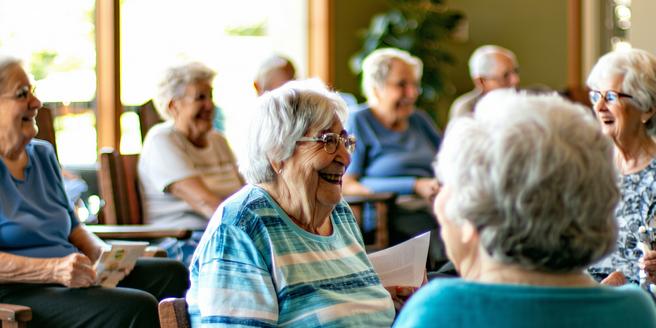Senior Living Apartment Options

Understanding Different Types of Senior Living Apartments
Senior living apartments come in a variety of types, each catering to different needs and preferences. Independent living communities are ideal for seniors who are self-sufficient but seek a community lifestyle. Assisted living facilities offer additional support for daily activities, such as bathing and medication management, while still enabling independence. It’s important to visit each type of community in person, if possible, to get a feel for the environment and level of care provided. Memory care units provide specialized support for those with Alzheimer’s or dementia. Continuing care retirement communities (CCRCs) offer a range of living options within one location, allowing residents to transition as their needs change. By understanding these options, seniors and their families can make informed choices that best match their lifestyle and care requirements.
Key Features to Look for in a Senior Living Apartment
When choosing a senior living apartment, several key features should be considered. Accessibility is paramount; apartments should include features like grab bars, step-free showers, and wide doorways to accommodate mobility aids. It’s also important to ensure that the living environment is welcoming and fosters a sense of belonging. Security is another crucial aspect, with features like 24/7 surveillance and secure entry points offering peace of mind. Community amenities, such as fitness centers, social rooms, and communal dining halls, enhance the living experience by promoting active and engaged lifestyles. Additionally, proximity to healthcare facilities and public transportation can significantly impact convenience and attend to health needs promptly. Prioritizing these features can significantly influence satisfaction and comfort in senior living.
Comparing Costs of Various Senior Living Options
Costs for senior living apartments can vary significantly based on the type of community and level of care provided. Independent living communities tend to have lower costs as they offer fewer services, whereas assisted living facilities include additional personal care, which increases pricing. Memory care units, offering specialized care for cognitive issues, may be on the higher end cost-wise. These communities often provide tailored activities and programs designed to enhance residents’ quality of life. CCRCs typically charge entrance fees plus monthly fees, providing a wide range of services as needs evolve. It’s vital for families to compare these costs relative to the benefits and services provided and consider financial planning tools like long-term care insurance or reverse mortgages.
Benefits of Choosing a Senior Living Community
Opting for a senior living community offers numerous benefits that enhance quality of life. Firstly, these communities provide a sense of belonging by offering social activities, making it easier to forge friendships and engage in community events. They also offer safety and security with features like emergency response systems and professional staff available around the clock. Moreover, with on-site amenities like fitness centers and gardens, residents have convenient access to spaces that promote an active lifestyle. Additionally, senior living communities often include health and wellness programs, fostering opportunities for physical and mental well-being. For seniors who are prone to loneliness or isolation, these communities offer a supportive environment where they can thrive and continue to live independently with freedom.
Questions to Ask When Touring Senior Living Apartments
When touring senior living apartments, it’s essential to ask the right questions to ensure the best choice for your needs. Inquire about the types of care and services included in the monthly fee and if there are additional costs for specific services. Understanding staff qualifications and resident-staff ratios can give insights into the level of personalized care. It’s beneficial to visit multiple times and at different hours to get a comprehensive view of daily life. It’s also helpful to speak with current residents about their experiences. Ask about amenities available, such as communal dining, fitness programs, and transportation services. Safety questions are also crucial, such as emergency protocols and security features. Visiting with an informed perspective can provide clarity and confidence in the decision-making process.